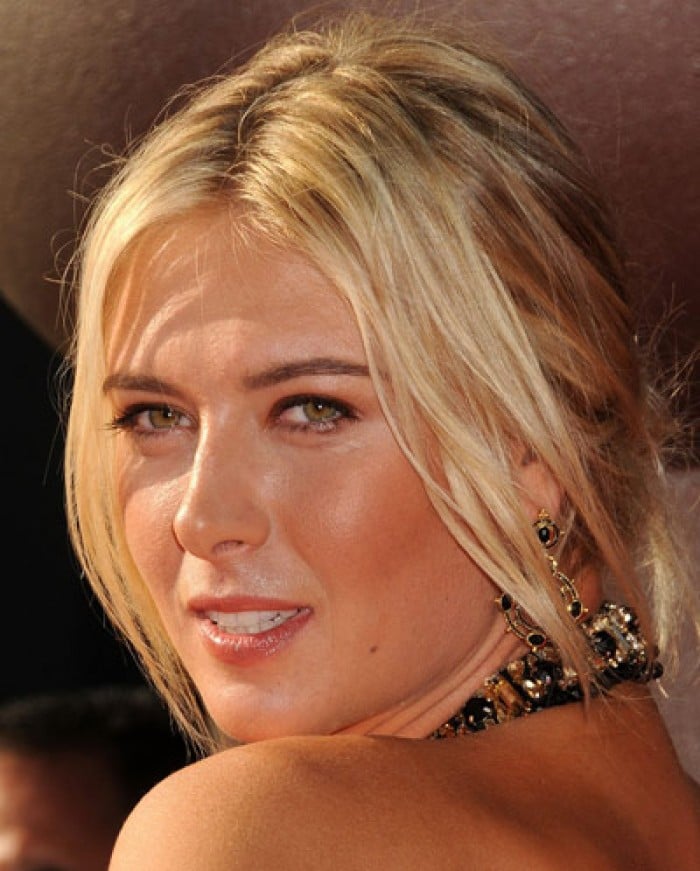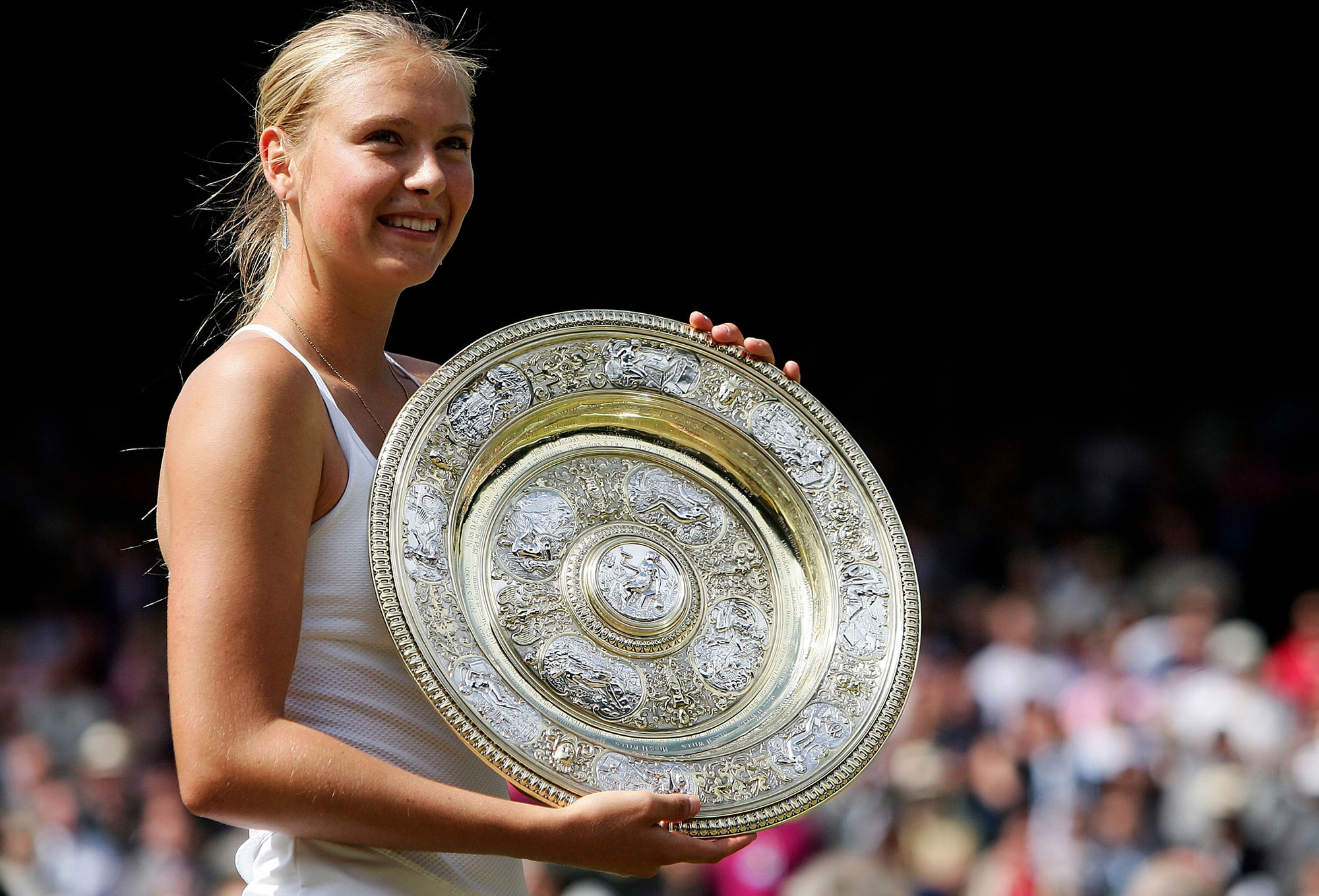
Sharapova and her angelic face when she was crowned Wimbledon 2004 at the age of 17 – Photo: Reuters
In the summer of 2003, the eyes of world tennis fans stopped when they saw an angelic figure at Wimbledon. She is a girl with a slim figure, long legs, white skin and a “Russian doll” face.
And while many audiences were still learning to remember that name – Maria Sharapova, Russia’s “doll” began to perform miracles.
Wild beauty
In an elite sport like tennis, Sharapova’s physical beauty quickly pushes Sharapova’s name further than her talent on the court. Masha made her Grand Slam debut at the 2003 Australian Open, when she was only 15 years old. At Wimbledon, she unexpectedly reached the fourth round when she just turned 16.
At that time, many people immediately compared Sharapova with Anna Kournikova – also a Russian “supermodel” in the tennis industry. But not long after that, they realized that comparison was completely lame. Anna Kournikova’s career only reached the top 10 in the world and was completely overshadowed by injuries and a vibrant life off the field, where she made good use of her image to participate in the modeling career. and acting. Kournikova retired at the age of 21.
And Sharapova? Wimbledon 2003, “Russian doll” attended the tournament like an angel. At Wimbledon 2004, she stood on the English field with the status of a queen. Sharapova’s historic adventure that year began to impress when she knocked down Daniela Hantuchova – a very strong senior player – in the third round.
Every subsequent round of Sharapova is a victory. She defeated the pride of Japan Ai Sugiyama in the quarterfinals, American champion Lindsay Davenport in the semi-finals and the final round was Serena Williams.
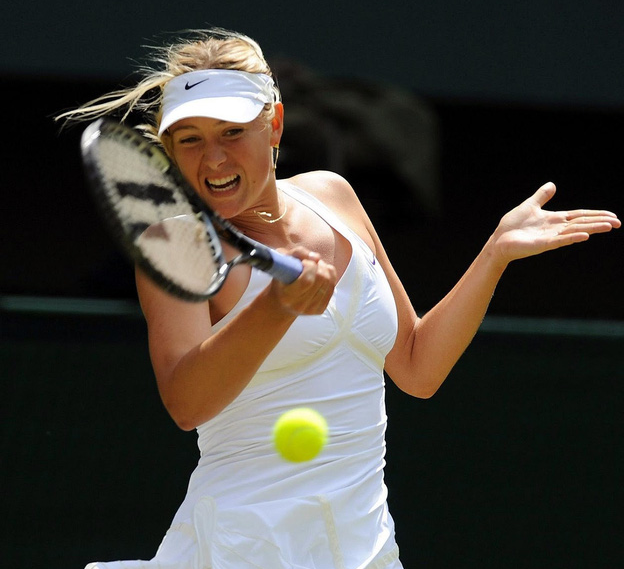
Fragile but always attacking with fire – Photo: Reuters
Sharapova Flame
The moment Sharapova held high the 2004 Wimbledon championship trophy after the final victory over Serena 6-1, 6-4 was the pinnacle moment of a sports icon. Until many years later, even though Sharapova won four more Grand Slam titles, people still remember that year’s championship.
Masha is not only beautiful and plays well, but she also plays beautifully. The tennis world in those years witnessed female tennis “masters” representing many different playing styles. For the Williams sisters, it is the absolute dominance of strength and stamina. For Justine Henin, it is a superior backhand technique. Kim Clijsters represents tenacious defensive play. Sharapova brings a completely different feeling.
She attacks as much as Serena, moves as nimbly as Venus, and is ready to hit dangerous shots like Henin. Although Sharapova is inferior to all her seniors in those skills, the strange thing is that she brings her attacking style to the peak with a fragility mixed with wildness.
Although she is quite lacking in physical strength and misses a lot of shots, the screams exceeding the 100 decibel threshold show the fire that Sharapova always brings to the tennis court. It is a wild beauty on the field.
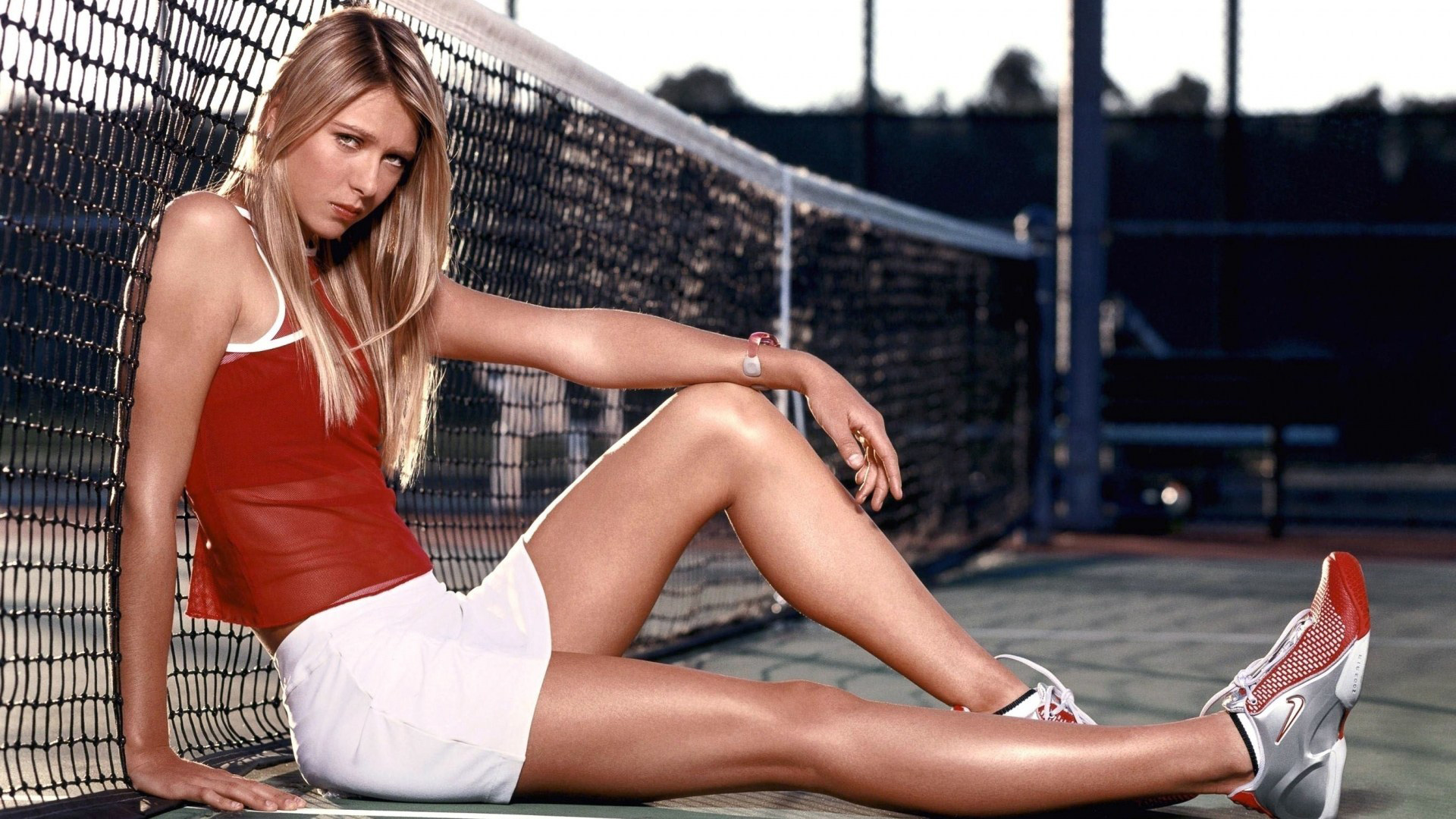
Sharapova with a body like a supermodel – Photo: Wallur
Admitted to doping
From 2004 to 2014, in the first 10 years of her career, Sharapova won 5 Grand Slam titles and especially spread across all 4 tournaments. This achievement puts her in the legendary temple of the top 10 best female tennis players of the Open era. But “Russian doll” does not have what seniors like Henin and Clijsters have: retiring in glory.
Her final years of competition were overshadowed by the specter of doping. On March 7, 2016, Sharapova – in an elegant black shirt – suddenly held a press conference and admitted that she had used doping, specifically the banned substance meldonium. Immediately after that, she was given a 2-year ban by the International Tennis Federation (ITF) (later reduced to 15 months).
Many people defended Sharapova because meldonium was a substance she used for 10 years – a legal way to treat health problems. But in early 2016, meldonium was placed on the list of banned substances and Sharapova defended that she had simply neglected to read the World Anti-Doping Agency (WADA) email.
But the number of people criticizing Sharapova is not small and includes female tennis players. Jennifer Capriati declared that she did not believe that a professional tennis player who always had a team of top doctors like Sharapova could be “careless”. “They tried to cheat for a long time” Capriati said.
Sad ending
And when Sharapova finished serving her ban, the fact that she received some special permissions to return to play in major WTA tournaments was also heavily criticized. Caroline Wozniacki, a close friend of Serena, expressed dissatisfaction that someone as “indulgent” as Sharapova received so many incentives.
“It’s purely a business aspect, but for a player who has just returned from a doping ban to play on center court, that has to be questioned. There’s a complete lack of respect for the players. another racket” – Wozniacki said. And Eugenie Bouchard – who was once dubbed “the new Sharapova” – sarcastically said: “Many people are afraid to tell the truth about her”.
Pressure from public opinion, the burden of age, the difficulty of taking a long break from competition and possibly also losing the “help” from meldonium, Sharapova never regained her old form. She returned to the Grand Slam at the end of 2017 and has only reached the quarterfinals once in 10 Grand Slam tournaments since then. The day Sharapova retires from professional competition has come…
Sharapova’s career is a career full of colors from the angelic image to the tarnished, fragile appearance but accompanied by fiery playing style, and all the emotions of love – hate, admiration – envy. from her fans. Although she may not be in the group of the strongest female tennis players in history, people will never forget the “Russian doll”.
Sharapova career
19 years of professional competition
5 Grand Slams
36 WTA titles
38.7 million USD in prize money
21 weeks reigning as number 1 in the world
Hate Serena Williams
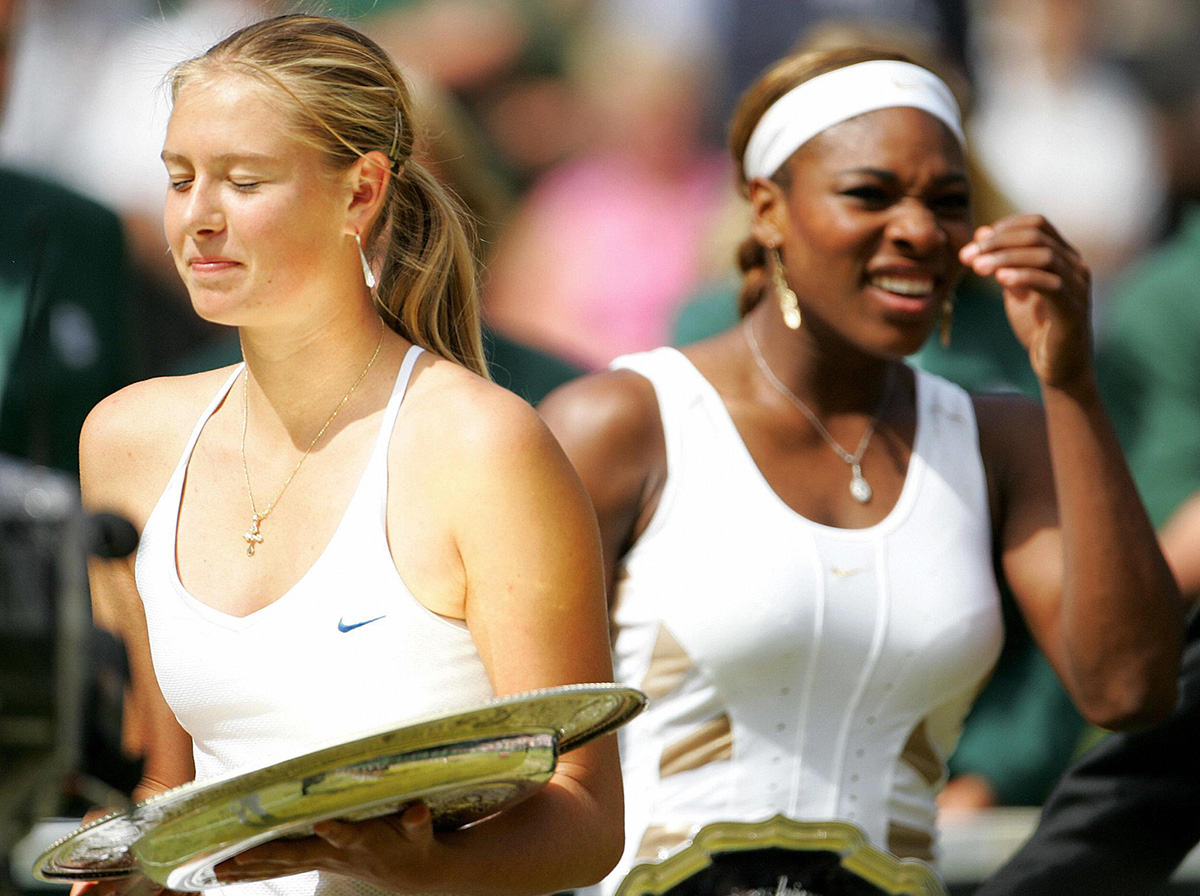
Sharapova and Serena openly hate each other – Photo: Independent
In 2017, Sharapova published her autobiography titled: Unstoppable: My Life So Far . Immediately, the autobiography caused a stir because of the lines that Sharapova wrote about the senior American tennis player: “I think Serena hates me because I’m a brat who beat her. She hates me because I witnessed her worst moment. Serena hated me for hearing her cry. She never forgave it.”
After the book was announced, fans all acknowledged: Sharapova… was right. The mutual hatred between both players is nothing to hide. During the press conference at Wimbledon 2013, Sharapova angrily hurled criticism at Serena, after Serena accidentally revealed that she had spoken ill of a tennis player “probably Sharapova” to her sister Venus on the phone. “If Serena wants to talk about personal things, she should talk about her boyfriend” – Sharapova said.
Why does Sharapova often act impatient in front of Serena? Perhaps partly because of the feeling of helplessness on the field. Sharapova reached the top with a victory over Serena in the 2004 Wimbledon final (having previously met Serena once and lost), defeating Serena again that year. And since then, it’s been a series of days when Serena vented her anger on Sharapova with 19 consecutive wins until she retired. Before Sharapova, Serena always entered the match with clenched teeth and a desire to destroy her opponent.
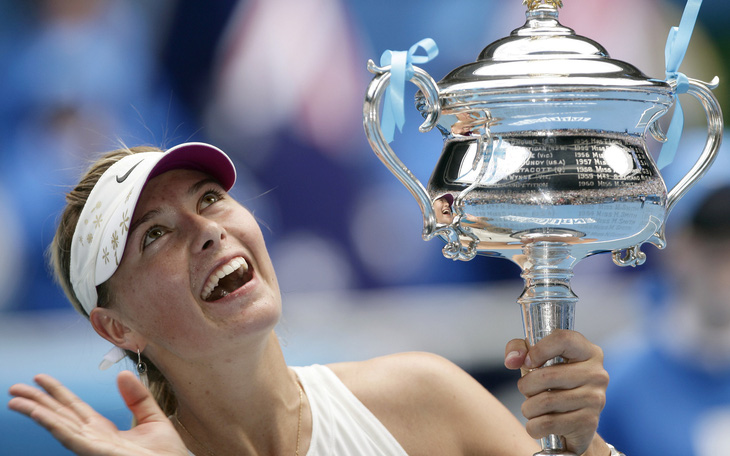 Sharapova takes away love and hate, leaving behind controversies
Sharapova takes away love and hate, leaving behind controversies



